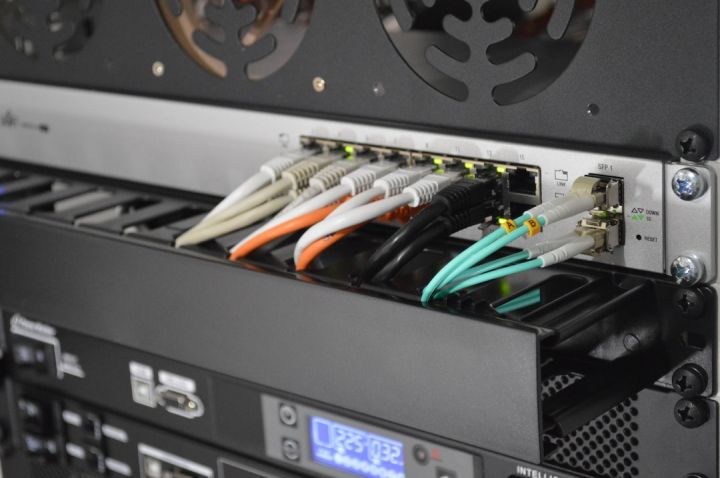How to Manage Security in a Multi-cloud Environment?
In today’s digital landscape, many organizations are adopting a multi-cloud strategy to take advantage of the benefits offered by different cloud providers. However, managing security in a multi-cloud environment can be a complex challenge. With data and applications spread across multiple clouds, it is crucial to have a comprehensive security strategy in place. In this article, we will explore some best practices for managing security in a multi-cloud environment.
Understanding the Shared Responsibility Model
When it comes to security in the cloud, it is important to understand the shared responsibility model. Cloud providers are responsible for securing the underlying infrastructure, while customers are responsible for securing their data and applications. In a multi-cloud environment, this model becomes even more critical, as different cloud providers may have different security capabilities and offerings.
Implementing a Cloud Security Framework
To effectively manage security in a multi-cloud environment, it is advisable to implement a cloud security framework. A cloud security framework provides a structured approach to securing your cloud assets and helps you identify potential security risks and vulnerabilities. It should include policies, procedures, and controls that address various security domains such as identity and access management, data protection, network security, and incident response.
Centralized Identity and Access Management
One of the key challenges in a multi-cloud environment is managing user identities and access across different clouds. Implementing a centralized identity and access management (IAM) solution can help streamline this process. A centralized IAM solution allows you to manage user identities, roles, and access policies in a consistent manner across all cloud platforms. It also provides enhanced visibility and control over user access, reducing the risk of unauthorized access and potential security breaches.
Implementing Data Encryption
Data encryption is a critical component of any multi-cloud security strategy. Encrypting data ensures that even if it is accessed or intercepted by unauthorized individuals, it remains unreadable and unusable. Implementing data encryption at rest and in transit can help protect sensitive data from unauthorized access. Many cloud providers offer native encryption capabilities, but it is important to understand how encryption keys are managed and ensure they are adequately protected.
Monitoring and Threat Detection
Monitoring your multi-cloud environment for potential security threats is essential for maintaining a secure infrastructure. Implementing a robust monitoring and threat detection system can help you identify and respond to security incidents in a timely manner. This can include monitoring log files, network traffic, and user activity across all cloud platforms. By leveraging security analytics and machine learning, you can detect anomalous behavior and potential security breaches.
Regular Security Audits and Assessments
Regular security audits and assessments are crucial to ensuring the effectiveness of your multi-cloud security strategy. Conducting periodic security audits helps identify any gaps or vulnerabilities in your security controls and allows you to take corrective actions. It is important to review and update your security policies and controls as new threats and vulnerabilities emerge. Engaging third-party security experts can provide an unbiased assessment of your security posture and offer recommendations for improvement.
Conclusion
Managing security in a multi-cloud environment requires a proactive and comprehensive approach. By understanding the shared responsibility model, implementing a cloud security framework, and leveraging centralized IAM and data encryption, organizations can enhance their security posture. Monitoring for threats and conducting regular security audits are also essential for maintaining a secure multi-cloud infrastructure. By following these best practices, organizations can effectively manage security in a multi-cloud environment and protect their data and applications from potential security risks.






